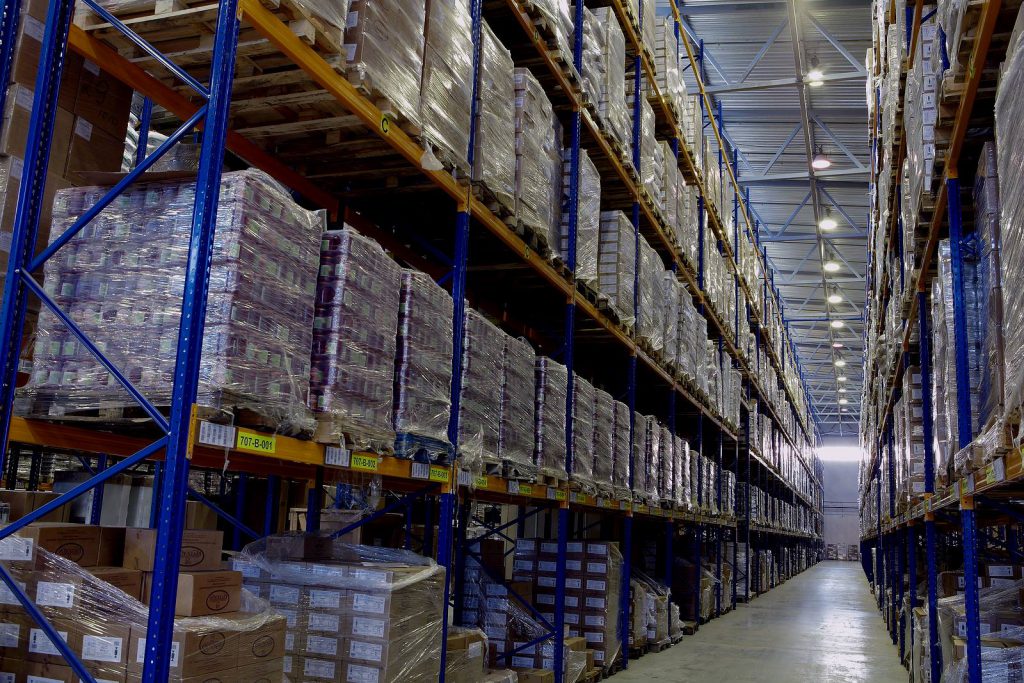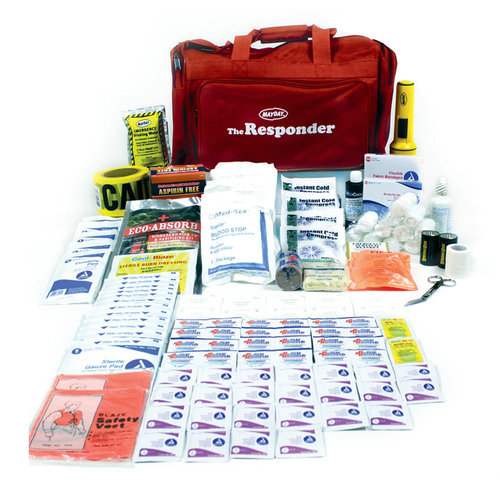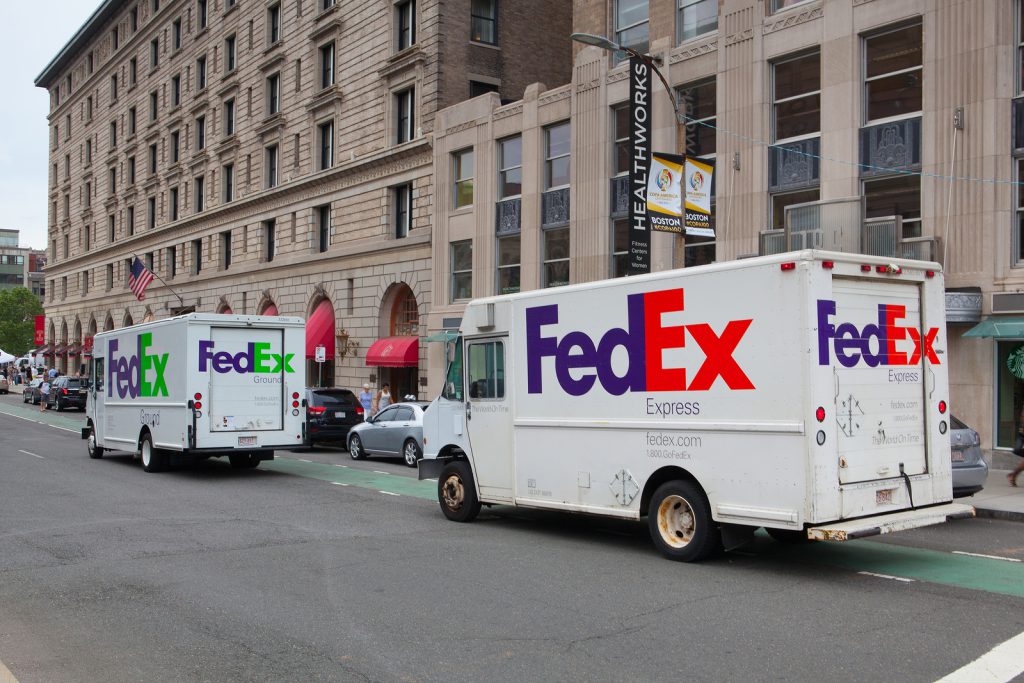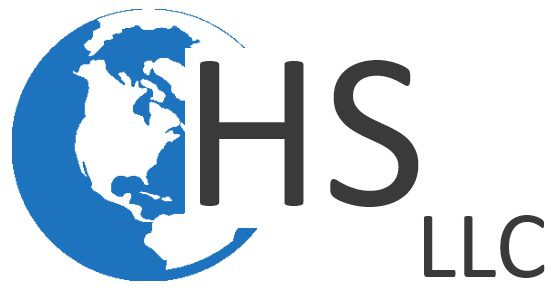
Supply Chain Management
We Cover You From Purchasing to Shipping
Supply Chain Management Solutions:

Inventory Control
Inventory Control is HELM’s central module. Its modular design allows systems to be scaled from small and simple to true enterprise-level supply chain management solutions. With access to over 100 inventory parameters, the system’s detail and sophistication can be adjusted to fit the needs of your facility. There are also more than a dozen optional modules that can be enabled to expand the functionality of the system. Resulting from over 30 years of development and evolution, the inventory control module is a robust, mature, and stable implementation. Included are several industry standard supply chain management features like physical inventory, cycle counting, product zones, special location types, and unlimited warehouses.

Gift In Kind
One of the major, nonprofit specific functions of HELM is the processing of Gift in Kind (GIK) donations. This process is significantly different from the traditional purchase and receive process (which HELM also offers). Unlike a traditional purchase and receive process, donations are often unexpected, unvalued, and come with a number of strings attached. With decades of donation and reverse logistics experience, Humanitarian Software has developed a thorough, yet straightforward system for processing your Gift in Kind donations in HELM.

Kitting
The Kitting Module assists in the building of prepackaged “kits” of materials – typically aid relief kits to ship in time of disaster. The kitting module allows the definition of “standard” finished good assemblies that are used as a model. Then as the real kit run is created, the system will calculate the ability to create the requested number of kits limited to the lowest common denominator. The process then allows the creation of multiple runs, each with its own production lot number, to allow lot or expiration changes or outright product substitutions per run. Similar to releasing orders, committed kits can then be released for picking and assembly. As the finished goods are created and scanned, the system automatically decrements the component items and increments the available finished goods. The finished goods can then be placed on orders and shipped, and still retain a component contents detail that can be printed on shipping manifests or reviewed in other ways.

Purchasing
One of the largest modules in HELM, our purchase order module handles both traditional purchase orders and gift in kind materials and donations. The traditional model has all the standard features you would expect, like configurable parameters, multiple deliveries, project codes, holds, quarantines, barcoded receiving documents, and more. All these features integrate smoothly with other modules to create an inventory solution that works for your needs.
The gift in kind (unexpected receipt) side of the purchase order module includes a host of other features and parameters to handle the unique challenges of receiving unexpected items. In the first step, receiving gift in kind materials automatically populates the purchase order item, lot, serial, expiration, description, and other parameters directly from the warehouse scanning functions. Once the receipt is finished, the PO is flagged for sign off.
Receipt Sign-off is a process designed to help your donor relations team fill in the various missing pieces of the receipt and then sign off on the receipt and make the inventory available for usage and order building. Receipt sign off also gives the ability to flag items for hold or quarantine, assign products for use on specific programs or for use in specific countries. Conversely, items can also be blocked from countries, programs, accounts, and projects. The purchasing module also can generate tax receipts and other documentation and has a purchase order adjust function that allows for updating item parameters at any point in time.

Barcoding
Barcoding has been the staple, proven method for warehouse operations for decades now. The optional barcoding module allows for additional flexibility in generating barcode labels and forms. Along with this module, we also offer a variety of warehouse automation equipment and supplies to address any special needs in your facility’s processes.

Advanced Shipment Notifications
Advance Shipment Notifications (ASNs) make your supply chain management solution even more streamlined. ASNs offer the ability for a timely and accurate expectation and planning of new product arrivals. ASN’s give warehouse managers estimated arrival dates, delivery contents, shipper information and more to facilitate dock and labor planning. ASN information can be populated automatically and allows new items to be automatically set up and ready for receipt upon import of the ASN document.

Order Entry
Building orders to partners across the globe is very complex. HELM stands tall with a variety of features to ease the challenges of supply chain management. The order entry system handles international shipping, building by weight or volume, and supports multiple carrier configurations. Items can be selected with a variety of filters such as expiration dating, specific shipping warehouses, ingredients, WHO categories, and more. The order processing module offers integrated access to a customer portal. For example, when a partner builds and submits a shopping cart in your online portal, the order is automatically queued up as pending review in the order entry function. This gives the order processing department the ability to make any changes or special handling to any order, and to group and release orders for picking in efficient waves.

Picking
The Picking Module puts control of order picking, packing, palletizing, and shipping into the hands of the warehouse staff. There are a variety of options in this module. On the simplest side of the picking options is traditional picking using a barcoded pick ticket. Wave picking is normally set up in a two-stage process with the first pass or “wave” pulling the total quantities of product for all (or all repetitive) items in the wave and transferring them to a staging or packing area. Next, the individual order pick tickets are fulfilled. These tickets could be for singles or box packing, or larger multi-pallet or sea container orders. It is possible to utilize multiple picking methods, including directed picking, and traditional pick tickets. Pallet building in the pick process generates unique outbound pallet license plate labels to continue the traceability of all products. Picking can also be directed to different zones or required equipment types, and multiple staging areas.

Shipping
The Shipping Module brings together full details of all inventory, orders, tracking information, carrier information and audit trails as packages leave your facility and head on to your partners and customers. Our unique license plate methodology maintains complete traceability from receipt through shipment of every product, lot, serial, and expiration date. The module is designed to be flexible and handle small shipments, high volume shipments, large sea containers, and airlift shipments. For smaller packages we provide interfaces to integrate directly with UPS and FedEx systems to automate the creation of shipping labels and gather tracking number information. For larger shipments, the software will track shipping carriers, sea freight, airlines, direct pickup, drop ships, and about any other conceivable method.

EDI
Electronic Data Interchange (EDI) can easily be integrated into your HELM installation with our EDI processor. Our processor can download or send EDI documents via popular VANs or value added data providers like Tracelink. The EDI processor includes mapping ability and can read and write raw .edi flat file documents, saving you the expense of paying a VAN for mapping. Also supported are XML file formats, automatic email notifications, ASN, PO, and Item automatic data population.

Reporting
A critical part of any business is the ability to easily access and report on data in your system. Particularly in a nonprofit environment, there are additional demands for specialized reports for unique shipping manifests, donor reporting, kit budgeting, and more. To address these needs, HELM has two built-in reporting tools. The first is for traditional reports, and the second is for advanced users wishing to do on-the-fly Ad-Hoc reports, exports, and charts.

Procurement
This module provides a simple, centralized system for controlling the procurement process. Materials managers can build requisitions and request quotes from vendors for production, kitting, and inventory replenishment. Employees can input requests for unique purchases. Requisitions can be automatically generated for low in stock items. The various types of purchase requests are funneled into one path for easier budgeting and approval. Approved requisitions can automatically generate purchase orders and receiving documents.

Let’s Talk!
Schedule a demo to get a look at everything that Humanitarian Software can do for you.

